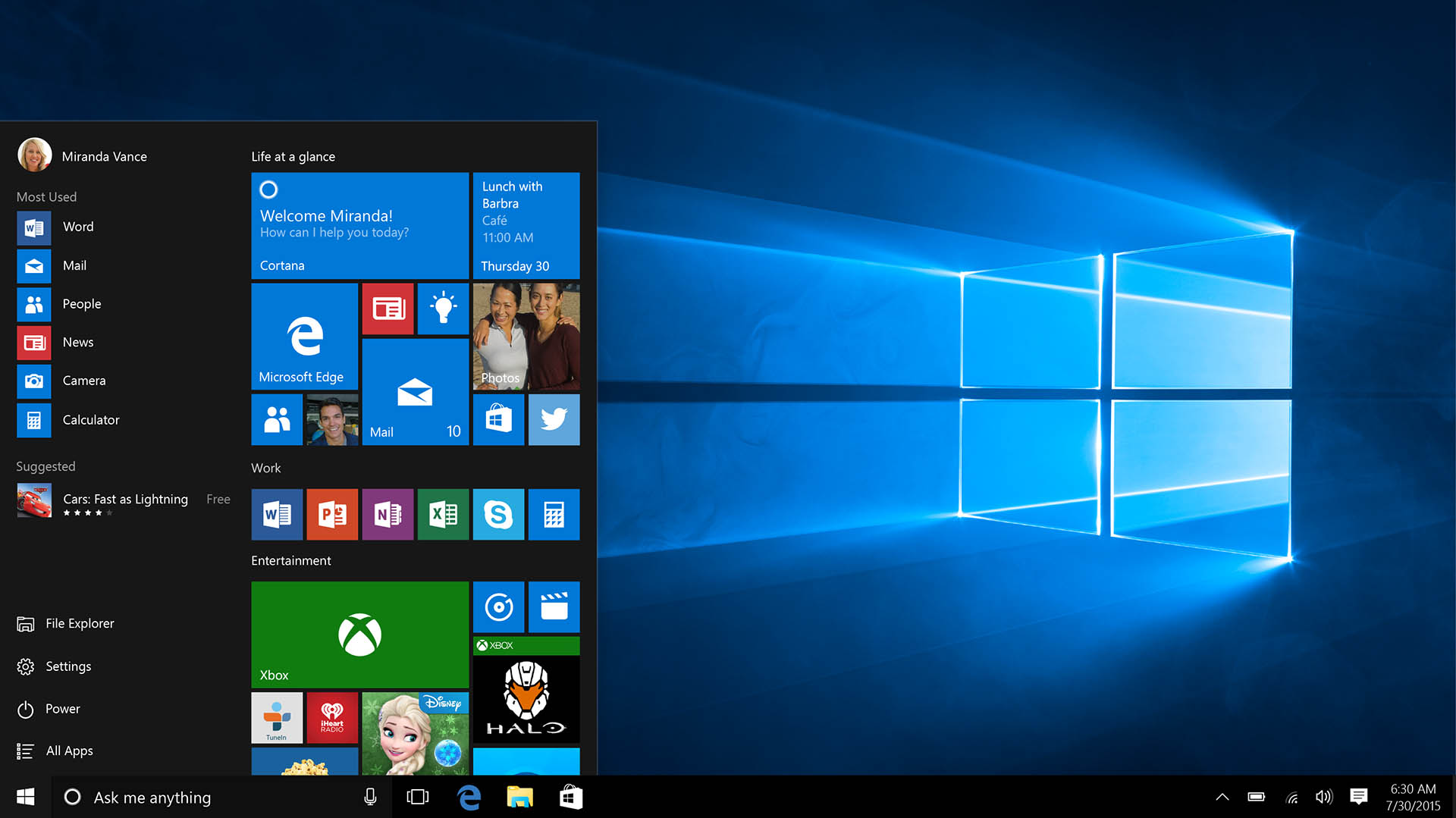It's the end of an era as Microsoft stops distributing 32-bit Windows
OEMs will soon lose access to 32-bit versions of Windows 10 as Microsoft gradually begins phasing out support.

Microsoft should make a bumper stick that reads "64-bit or bust" and package it with retail boxes containing Windows 10, because the 32-bit era is coming to an end. It already has in many respects, but if there was any doubt that we're living in a 64-bit world, Microsoft is hammering the message home by ending 32-bit releases for OEMs starting this month.
As spotted by Neowin, Microsoft made the announcement in a support document outlining the minimum hardware requirements for various builds of Windows 10.
"Beginning with Windows 10, version 2004, all new Windows 10 systems will be required to use 64-bit builds and Microsoft will no longer release 32-bit builds for OEM distribution," the documents states.
Microsoft is referring to the May 2020 update for Windows 10 that should be arriving any day now. Finalized builds have already been pushed to OEMs and developers, and now it's just a waiting game for Microsoft to flip the switch for the general public, following a final round of testing in the Windows Insider program.
What does this mean for you? Will your PC suddenly stop working once 32-bit support comes to an end? The answers to those questions are: It probably won't matter much, and your PC definitely won't stop working.
AMD and Intel have been churning out 64-bit CPUs for over a decade now, so unless you have a really old PC, chances are you're running a 64-bit version of Windows 10 anyway (assuming you're running Windows 10, that is).
For anyone who is still clinging to a 32-bit system or otherwise chose to install a 32-bit version of Windows 10 on a modern PC, Microsoft says it will still roll out feature and security updates to those devices. Microsoft didn't say for how long, but at least for the immediate future, monthly security patches and bi-annual feature upgrades will continue to arrive on PCs with a 32-bit version of Windows 10 installed.
Keep up to date with the most important stories and the best deals, as picked by the PC Gamer team.
One of the main advantages of going 64-bit is being able to make better use of more RAM. Depending on the version of Windows 10, the limit for physical memory is between 128GB (Windows 10 Home 64-bit) and 6TB (Windows 10 Enterprise 64-bit and Pro for Workstations 64-bit), whereas the limit for 32-bit versions of those same OSes is just 4GB.
There are other benefits of well, such as better security and improved performance. It begs the question why anyone would run Windows 10 on a 32-bit system in the first place. Most gamers don't—Steam's hardware and software survey reflects just 0.2 percent of its users are running a 32-bit version of Windows 10.
Outside of Steam, market share figures separating 64-bit and 32-bit are hard to come by, but I imagine it's a bit higher (but not high) among the general public. For a lot of people, upgrading to Windows 10 didn't cost a dime. Combined with its improved security and support (Microsoft no longer supports Windows XP, for example, unless you're willing to pay for it), it made sense for some people to install Windows 10 32-bit on an old PC.
Overall, however, 32-bit has run its course, and Microsoft is ready to move on.
Paul has been playing PC games and raking his knuckles on computer hardware since the Commodore 64. He does not have any tattoos, but thinks it would be cool to get one that reads LOAD"*",8,1. In his off time, he rides motorcycles and wrestles alligators (only one of those is true).


